How Sustainable Practices Can Reduce Supply Chain Costs
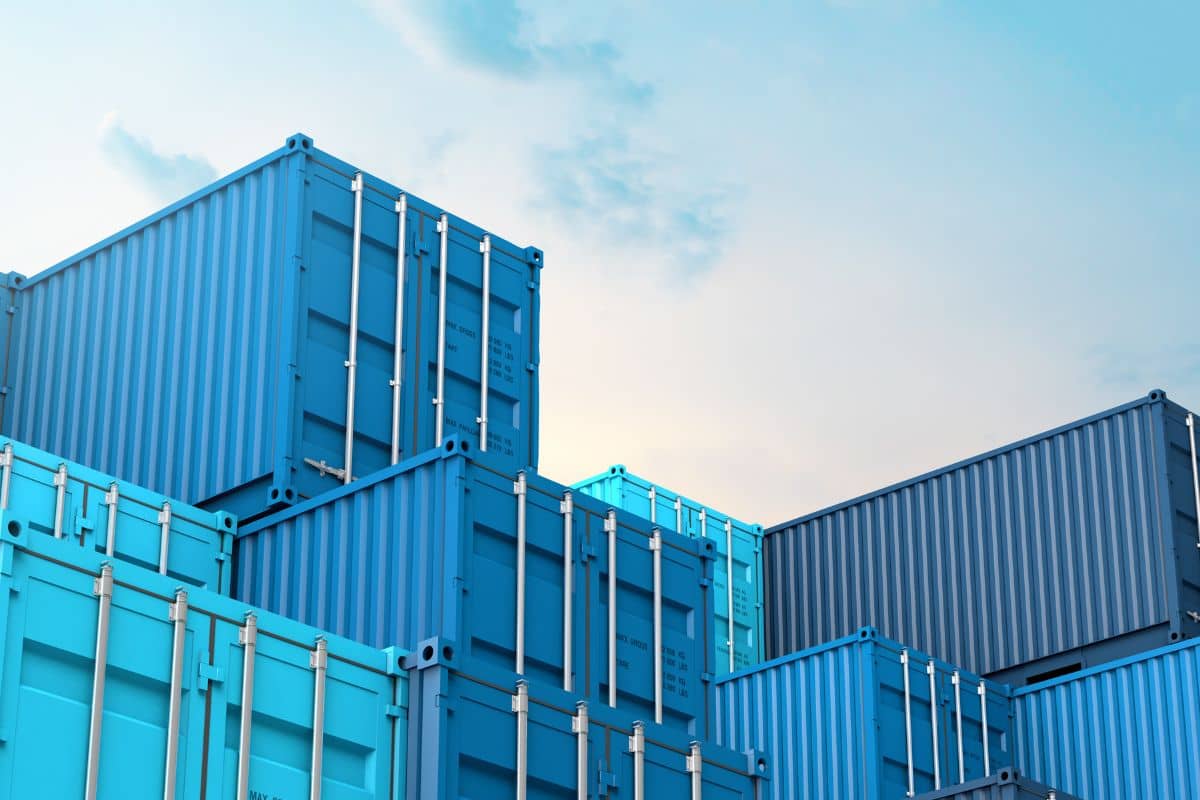
In the wake of pandemic-era supply chain disruptions, consumers are more focused than ever on supply chain optimization, particularly in the context of the global supply chain. The bottom line is, businesses and consumers alike have quickly realized how much they depend on the global supply chain in order to get the products that they want and need.
As a business, however, you know that speed and efficiency must also be combined with efforts to reduce overall supply chain costs. This is the only way to get your products into consumers’ hands for a price they can afford.
Fortunately, sustainable packaging could be the secret to appealing to consumers while simultaneously reducing supply chain costs within the global supply chain. As the demand for sustainable packaging continues to rise, brands are beginning to look at different materials and processes for packaging their products. In many cases, sustainable packaging options are lighter, more flexible, and require fewer materials — which ultimately means that they cost less to move through the global supply chain.
What are Supply Chain Costs?
Supply chain costs refer to the overall expenses incurred by an organization in the process of manufacturing products and delivering them to consumers. These costs encompass various aspects, including production, transportation, warehousing, inventory carrying, and internal material handling. Typically, organizations assess their costs as a percentage of total revenue, with supply chain costs typically falling within the range of 10 to 20 percent for many businesses.
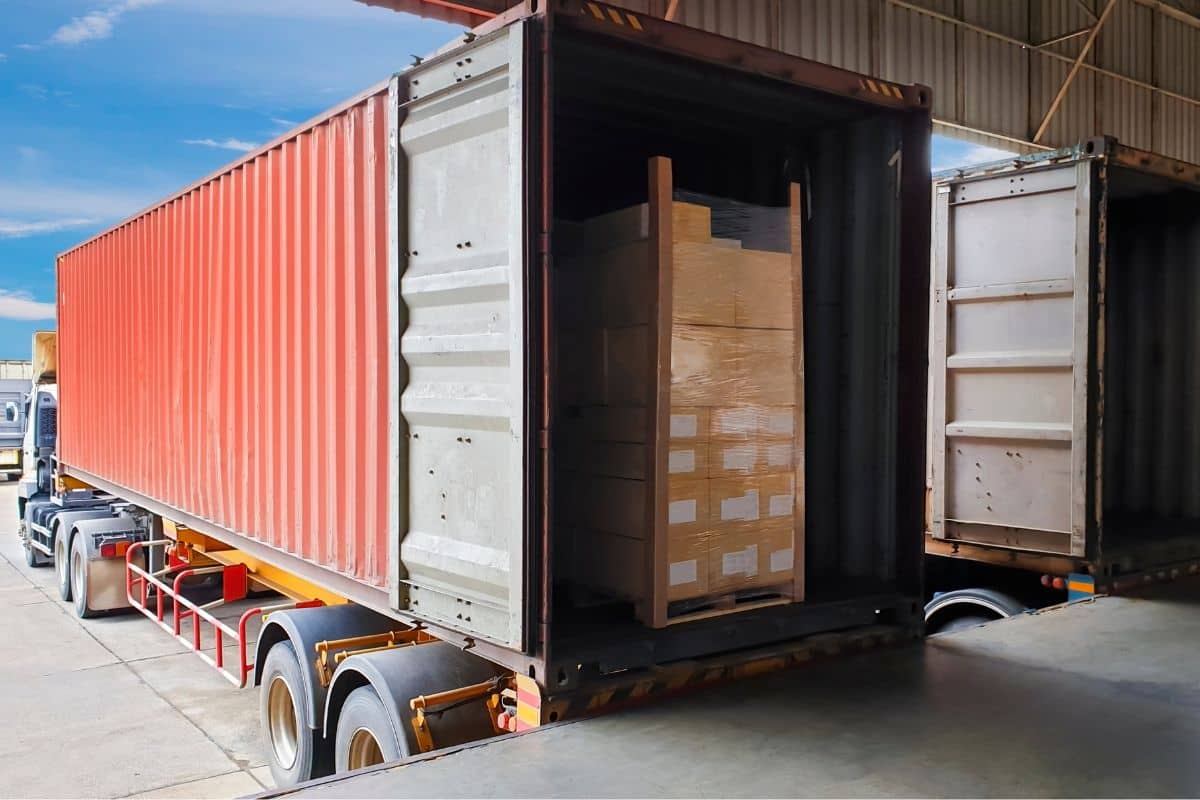
Importance of Reducing Supply Chain Costs
As prices continue to increase across various sectors, supply chain costs have also been on the rise. This has highlighted the significance of reducing overall supply chain costs. When an organization successfully reduces its total supply chain costs, it reaps several benefits, including:
-
Cost Savings: Lowering supply chain costs helps save money for the organization, allowing for increased profitability or potential investment in other areas.
-
Competitive Advantage: By effectively managing supply chain costs, a business gains a competitive edge over its rivals, as it can offer products at more competitive prices or allocate resources to enhance other aspects of the business.
-
Improved Efficiency: Optimizing supply chain costs leads to improved operational efficiency. This can involve streamlining processes, reducing waste, and enhancing productivity throughout the supply chain network.
-
Increased Agility: A leaner supply chain with reduced costs enables companies to respond swiftly to market changes, customer demands, or unforeseen disruptions. This agility enhances a company’s ability to adapt and stay competitive.
-
Sustainability: Reducing supply chain costs often aligns with sustainability goals. By minimizing waste, energy consumption, and environmental impact, organizations contribute to sustainable practices and reduce their carbon footprint.

Key Components of Supply Chain Costs
Before you can begin the process of supply chain cost optimization, you will want to have a solid understanding of what goes into your supply chain costs. The following is a list of key components to be aware of.
Procurement Costs
Procurement costs are the expenses incurred during the procurement process of acquiring the materials and services required by a business to support its operations. These costs include:
-
Sourcing and Purchasing: These costs include the expenses associated with identifying, selecting, and procuring raw materials, components, equipment, and other essential supplies. It included actions such as supplier research, price negotiation, order placement, and contract management.
-
Supply Chain Management: These costs include the various aspects of managing the supply chain to ensure the timely and efficient delivery of resources. These expenses include transportation, logistics, quality assurance, and supplier relationship management.
Essentially, procurement costs involve all the expenses related to obtaining the resources that allow for the production and delivery of your products.
Production Costs
Production costs refer to the overall expenses incurred throughout the manufacturing and production process. These costs encompass the following:
-
Labor: Labor costs represent the expenses associated with the workforce involved in the manufacturing and production of your product.
-
Utilities: Utility costs cover the expenses of essential services such as electricity, water, gas, and other utilities necessary to power and operate the machinery and equipment used in the manufacturing and production process.
-
Equipment: Equipment costs include the expenses related to the acquisition, maintenance, and operation of the machinery, tools, and technology utilized in the manufacturing and production process.
-
Overhead: Overhead costs include the indirect expenses incurred in the production process, such as facility rent, insurance, administrative costs, and other miscellaneous expenses that are not directly tied to specific materials or labor. These overhead costs are necessary for the overall functioning of the production environment.
Together, these components make up the production costs, reflecting the expenses involved in transforming raw materials into finished products.
Inventory Costs
Inventory costs involve the expenses associated with effectively managing and storing your inventory. These costs include the following:
-
Warehousing: Warehousing refers to the expenses incurred for renting or owning storage facilities to store your inventory. It includes costs such as facility maintenance, utilities, and security.
-
Handling: Handling costs involve the expenses incurred in moving, organizing, and managing inventory within the warehouse. It includes actions such as receiving goods, picking and packing orders, and conducting inventory counts.
-
Insurance Costs: Insurance costs are the expenses associated with insuring your inventory against potential risks such as theft, damage, or loss. Insurance costs provide financial protection and help mitigate potential losses.
-
Stock-out and Overstock Costs: Stock-out costs are the expenses incurred when inventory is insufficient to meet customer demand, resulting in lost sales, backorders, or potential customer dissatisfaction. Overstock costs, on the other hand, are the expenses incurred when inventory levels exceed customer demand, leading to storage and holding costs.
-
Cost of Obsolescence and Waste: The cost of obsolescence and waste includes the expenses related to obsolete or expired inventory that cannot be sold or used. It covers losses due to spoilage, expiration, or technological advancements that render certain inventory items obsolete.
By considering and managing these various inventory costs, businesses can optimize their inventory management strategies and maintain a healthy balance between supply and demand.
Transportation Costs
Transportation costs, which can be particularly significant during periods of inflation and rising fuel prices, encompass various expenses within the supply chain. These costs include:
-
Shipping, Freight, and Logistics Costs: These costs refer to the expenses associated with transporting products and materials from one location to another. It also includes the costs associated with shipping products, arranging freight services, and managing the logistics of transporting goods. It also covers expenses such as freight charges, customs fees, and documentation.
-
Warehousing and Distribution: These costs pertain to the storage and distribution of products within the supply chain. It includes expenses related to operating warehouses and distribution centers, managing inventory, and fulfilling customer orders.
Quality Costs
Maintaining product quality is crucial in the supply chain process, and there are expenses involved in ensuring and monitoring the quality of products. These costs include:
-
Cost of Ensuring Product and Service Quality: This cost refers to the expenses associated with quality control measures, including inspections, testing, and certifications. It includes actions aimed at ensuring that products meet the desired standards and specifications.
-
Warehousing and Distribution: Similar to transportation costs, warehousing and distribution expenses are also relevant in the context of quality costs. It involves properly storing, handling, and managing products to maintain their quality throughout the supply chain.
-
Shipping, Freight, and Logistics Costs: As with transportation costs, shipping, freight, and logistics expenses are also part of quality costs. Ensuring that products are transported in a manner that preserves their quality involves additional expenses in terms of specialized packaging, temperature control, and handling.
Supply Chain Technology
Investing in innovative supply chain technology involves the following components:
-
Software Costs: This includes the expenses associated with acquiring or developing supply chain software solutions to streamline operations, enhance visibility, and improve efficiency.
-
Technology Implementation and Maintenance: These costs cover the implementation and ongoing maintenance of supply chain technology solutions. It includes expenses related to training, system integration, upgrades, and technical support.
Environmental Costs
Environmental costs are becoming increasingly important to consider as businesses strive to manage and mitigate their impact on the environment. These costs are associated with environmental sustainability efforts within the supply chain. Factors to consider include:
-
Managing Environmental Impact: This refers to the costs associated with implementing measures to minimize the negative environmental effects of the supply chain. It includes expenses related to waste management, recycling initiatives, energy-efficient practices, and carbon emissions reduction.
-
Consumer Demand and Sustainability: With growing consumer demand for sustainable products and environmentally responsible brands, companies may incur costs to meet these expectations. This may involve investments in eco-friendly materials, renewable energy sources, and sustainable packaging.
By effectively managing these different cost factors, businesses can optimize their supply chain operations, improve customer satisfaction, and contribute to sustainable and environmentally conscious practices.
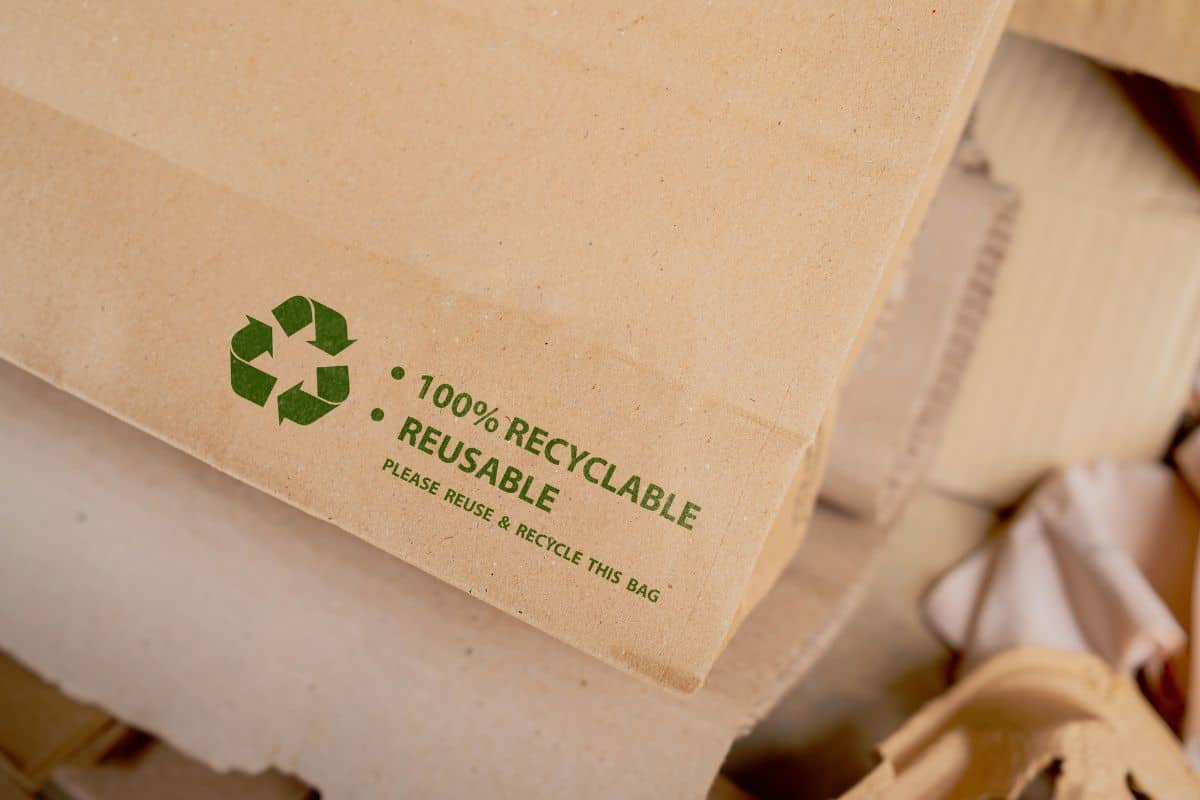
How Sustainable Packaging Plays a Role in the Supply Chain
The packaging that you use for your products — as well as the packaging used to transport and distribute those products — plays a surprisingly significant role in your overall supply chain costs. When products are packaged in bulkier, heavier materials, they become heavier and more expensive to transport. At the same time, consumers are starting to shy away from products that are being packaged in non-recyclable plastic, as they know the detrimental impact that it has on the environment.
At this time, many consumers are willing to pay more for a product that relies on sustainable packaging. By prioritizing sustainable packaging, you can actually reduce your overall supply chain costs and keep the prices for your products as low as possible.
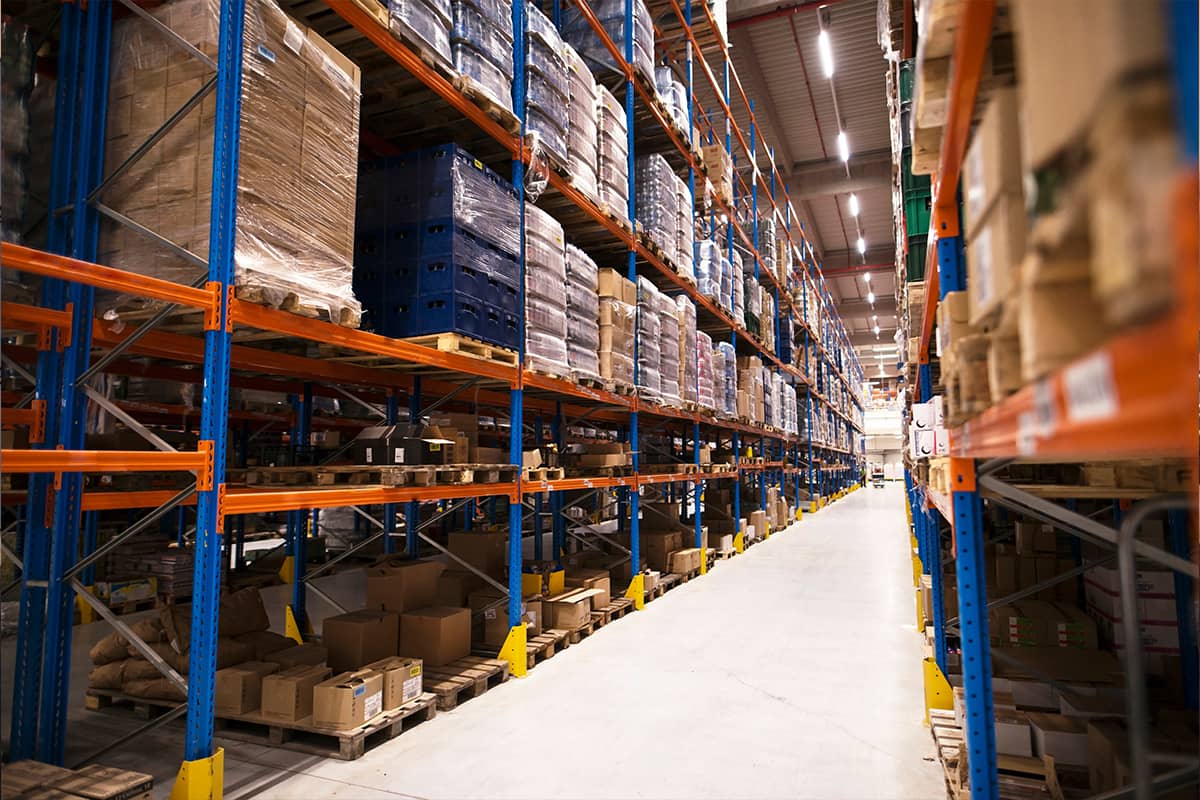
How to Reduce Supply Chain Costs with Sustainable Packaging
There are several ways that you can adapt your packaging in order to improve your sustainability efforts while simultaneously reducing supply chain costs.
Adopt Lean Manufacturing
Evaluating and modifying your manufacturing process is the first step toward sustainability in the supply chain process. It is important to adopt lean manufacturing practices to optimize efficiency and minimize waste. You can adopt lean manufacturing by focusing on:
-
Just-in-Time Production (JIT): Just-in-Time Production requires careful partnership with your suppliers, as it requires you to receive all raw goods and materials immediately before production begins. This approach ensures that inventory is received at the right time, minimizing storage costs and reducing the risk of excess inventory.
-
Technology for Inventory Systems: Investing in technology that helps you manage your inventory and produce exactly what is needed will allow you to streamline manufacturing. By utilizing advanced inventory management systems, you can optimize your production process, ensuring that materials and resources are utilized efficiently.
-
Reducing Waste: By actively identifying and implementing waste reduction strategies during the manufacturing process, you can minimize unnecessary resource consumption and reduce total production costs. This can involve analyzing production data to identify areas of waste and implementing measures to eliminate or minimize them.
-
Improving Efficiency: An efficient, lean manufacturing process will move faster and be more cost-effective for your organization. By leveraging data analysis and adopting lean principles you can enhance operational efficiency, improve productivity, and deliver products to the market at the right time.
By adopting lean manufacturing practices, manufacturers and suppliers alike can achieve sustainability goals, reduce costs, and enhance overall supply chain efficiency. It is important to assess the readiness and organizational context to determine the right time to implement these strategies effectively.
Network Optimization
Network optimization will allow you to improve the daily operating routine at your facility, ultimately allowing you to accomplish your supply chain cost reduction goals.
You can improve network optimization by:
-
Optimizing Distribution Channels: You can do this by consolidating as many distribution channels as possible, ultimately focusing on the most high-powered channels that deliver the best results for your brand.
-
Optimizing Transportation Routes: Evaluating your existing transportation routes and working to fine-tune those paths so that you can save both time and money will have a significant impact on your total supply chain costs.
Conduct a Cost-Benefit Analysis
Sustainable packaging has gained significant attention across industries due to its environmental benefits and regulations taking effect across the globe. Many companies are now prioritizing sustainable packaging for various reasons. If you are considering exploring sustainable packaging options, conducting a cost-benefit analysis for your business is crucial. During a cost-benefit analysis, you should:
-
Evaluate Potential Costs and Savings: Assess the financial implications associated with adopting sustainable packaging, incorporating data analysis and predictive analysis. Consider factors such as initial investment costs, potential changes in packaging materials or suppliers, and any additional expenses related to implementation and logistics. Be sure to keep in mind that sustainable packaging can reduce your supply chain costs because it’s generally more lightweight.
-
Ensure Implementation of Sustainable Packaging: Identify the steps that you would need to take in order to implement a new process that accommodates sustainable packaging.
-
Analyze Benefits: Identify and quantify the potential benefits your company can gain from sustainable packaging, using data analysis and predictive analysis. This includes reductions in environmental impact, improved brand reputation, potential cost savings in the long run, and increased customer loyalty.
By performing a thorough cost-benefit analysis, incorporating data analysis and predictive analysis, you can make an informed decision about the viability and timing of adopting sustainable packaging practices for your business. This analytical approach ensures that you consider both the financial aspects and the broader advantages associated with sustainable packaging.
Outsourcing and Third-Party Logistics (3PL) Provider
Implementing sustainable packaging for your products doesn’t have to be a daunting task. In fact, you can seek the assistance of third-party logistics (3PL) providers who specialize in sustainable packaging solutions. Here are some steps you can take:
-
Outsourcing Packaging Design: Engage external firms that specialize in sustainable packaging to design a packaging solution that utilizes eco-friendly materials while ensuring the integrity of your product. By relying on experts in sustainable packaging, you can generate significant cost savings for your organization, especially if you’re new to this area.
-
Contracting with Sustainable Solution Specialists: Consider partnering with specialists who can provide comprehensive sustainable solutions tailored to your company’s environmental goals. These experts can guide you in implementing an all-encompassing sustainability strategy, which may involve sourcing sustainable materials, optimizing packaging processes, and minimizing waste generation.
By collaborating with 3PL providers and sustainable packaging specialists, you can leverage their expertise and resources to develop and implement effective sustainable packaging solutions. This approach allows you to focus on your core business while making substantial progress toward achieving your environmental objectives.
Optimize Packaging Design
Optimizing packaging design is crucial for achieving sustainability goals, and one effective approach is to minimize the overall packaging requirements. By doing so, you can:
-
Maintain Product Protection and Safety: While reducing packaging may seem counterintuitive at first, it’s important to note that you can still ensure the integrity of your product with less material. By prioritizing sustainable options, you can choose packaging solutions that offer the same level of protection while using fewer resources.
-
Lower Transportation and Storage Costs: Reducing packaging often leads to smaller product sizes, which can have a positive impact on transportation and storage costs for your organization. With less bulk to transport and store, you can potentially achieve cost savings in these areas.
By focusing on optimizing packaging design and reducing unnecessary material usage, you can strike a balance between sustainability and product protection. This approach not only contributes to environmental conservation but also has the potential to yield financial benefits through reduced transportation and storage expenses.
Supplier Relationship Management
By fostering collaboration with partners across your supply chain, you can collectively work towards the shared objective of enhancing sustainability efforts while reducing overall supply chain costs. To strengthen supplier relationships and advance sustainability goals, consider the following approaches:
-
Collaborating with Suppliers to Source Sustainable Packaging Materials: Procuring lightweight and recyclable packaging materials can be made easier by engaging with your current suppliers. Explore opportunities to partner with them in identifying and sourcing alternative materials that offer the same level of protection and quality assurance as traditional packaging options.
-
Implementing Closed-Loop Systems for Recycling: Introducing closed-loop systems within your manufacturing and production processes can significantly contribute to sustainability and cost reduction. In a closed-loop system, materials utilized during production are recycled or reused for subsequent product cycles. This approach helps optimize your manufacturing processes while reducing waste.
Demand Forecasting and Planning
When it comes to supply chain optimization, you should leave nothing to chance. Demand forecasting and planning allows you to rely on accurate data to make strategic decisions for your organization. You can implement demand forecasting and planning by:
-
Focus on Collaborative Planning, Forecasting, and Replenishment (CPFR): CPFR is a collaborative effort between you and your supply chain partners in order to communicate needs, make plans and accommodate consumer demands while focusing on cost reduction.
-
Identify Opportunities for Efficient Packaging Solutions: Forecasting gives you the ability to look ahead and become aware of opportunities where you can implement sustainable packaging solutions that rely more heavily on recycled, lightweight materials.
-
Measure Supply Chain Costs and Performance (KPIs): Tracking key supply chain metrics allows you to be aware of your overall performance as an organization, and make adjustments when necessary. Some KPIs to monitor include the carrying cost of inventory, freight cost per ton shipped, and supplier on-time delivery rates.
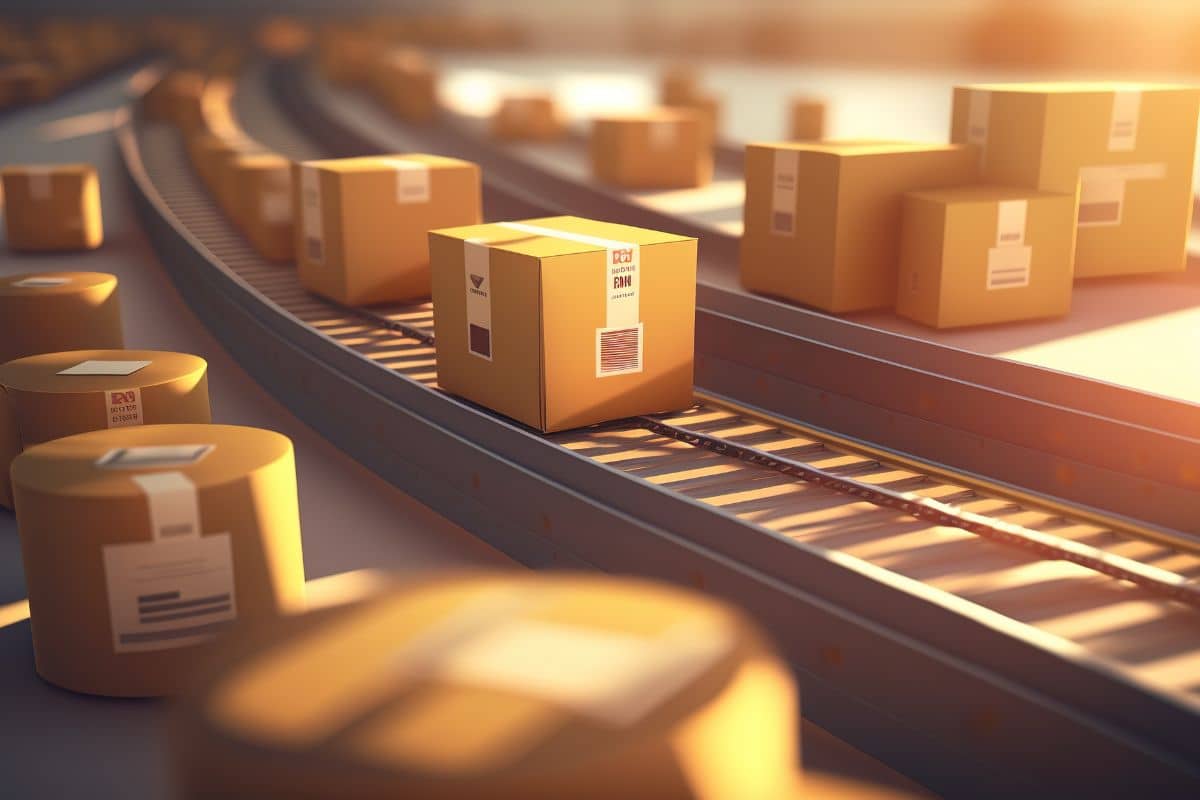
Start Reducing Supply Chain Costs with Sustainable Packaging
The disruptions experienced during the pandemic have highlighted the urgent need to optimize the global supply chain. Businesses are compelled to prioritize speed, efficiency, and cost reduction while addressing the challenges inherent in supply chain management. In this context, sustainable packaging emerges as a strategic solution. By adopting sustainable packaging options, brands can meet the growing consumer demand for environmentally friendly choices while simultaneously tackling the various supply chain challenges they face. These packaging materials, characterized by their lightweight flexibility and resource efficiency, not only resonate with consumers but also contribute to reduced transportation costs and enhanced resilience against potential disruptions throughout the supply chain.
At Paramount Global, we recognize the pivotal role that sustainable packaging plays in supply chain optimization. Our dedicated team is fully committed to providing you with the best sustainable packaging solutions that align with your environmental goals and help reduce your overall supply chain costs. With our expertise and tailored approach, we can assist you in implementing efficient and eco-friendly packaging strategies that drive long-term value and strengthen your competitive edge. Contact us today to explore how we can be your trusted partner in navigating the changing landscape of a more resilient and sustainable global supply chain.
Hayley is a marketing professional and copywriter with a background in crafting content for a diverse range of industries. She has been writing about packaging and supply chain logistics for Paramount Global since 2022. She specializes in explaining complex topics in a clear and engaging way and is an advocate for sustainability in packaging and supply chain management.
Read More
For over forty years, Paramount has been delivering perfectly integrated packaging and supply chain solutions.
